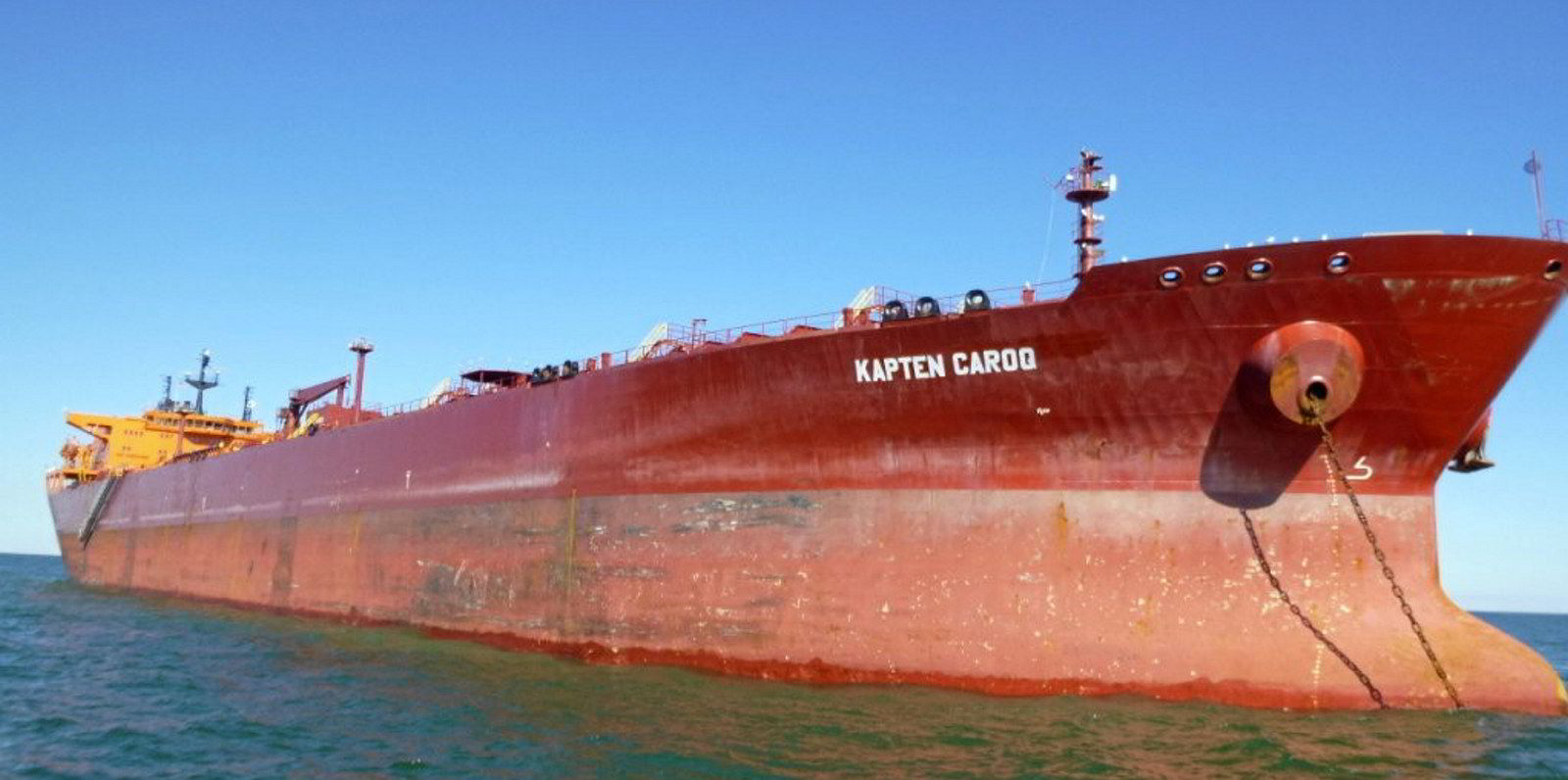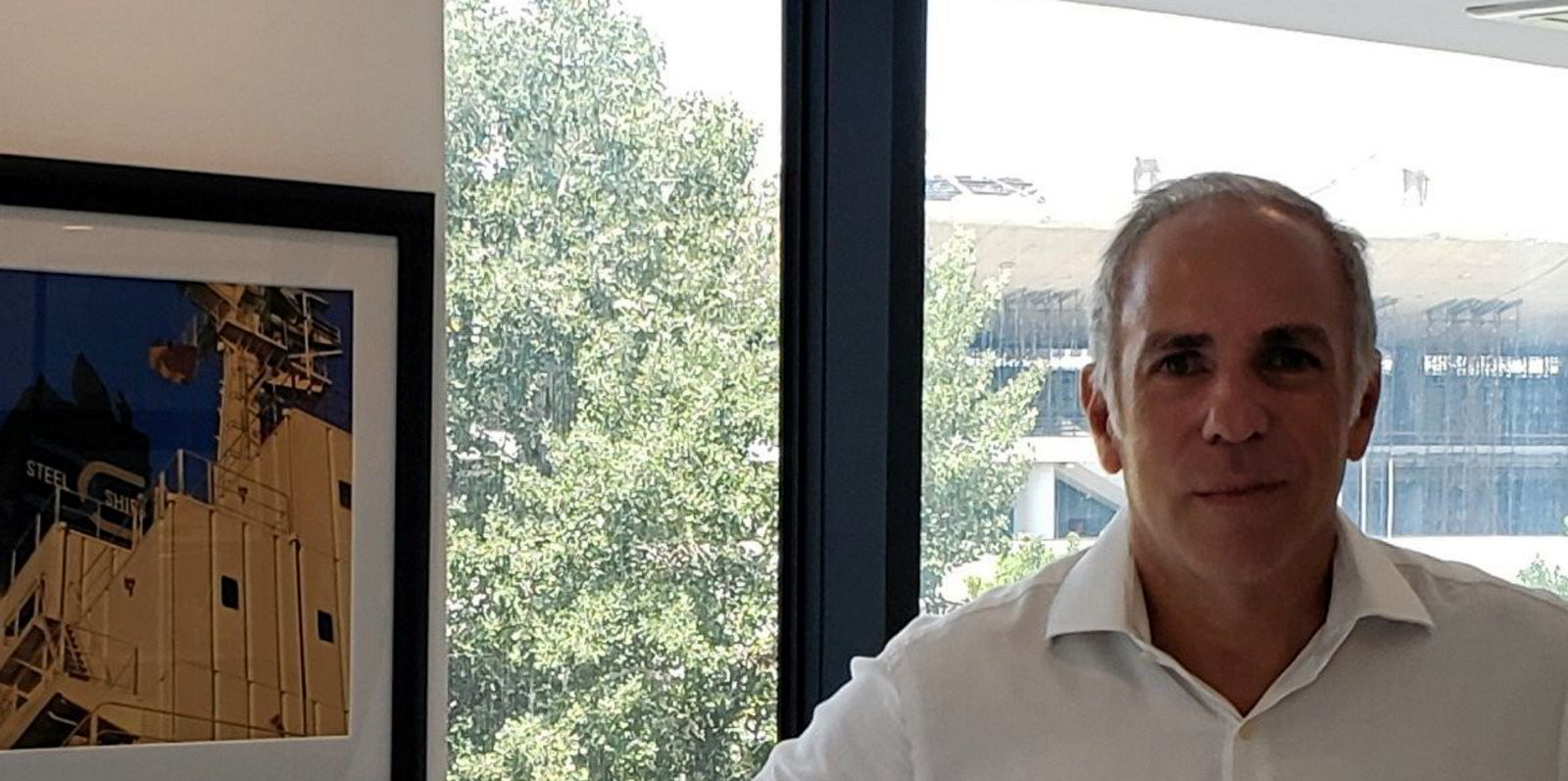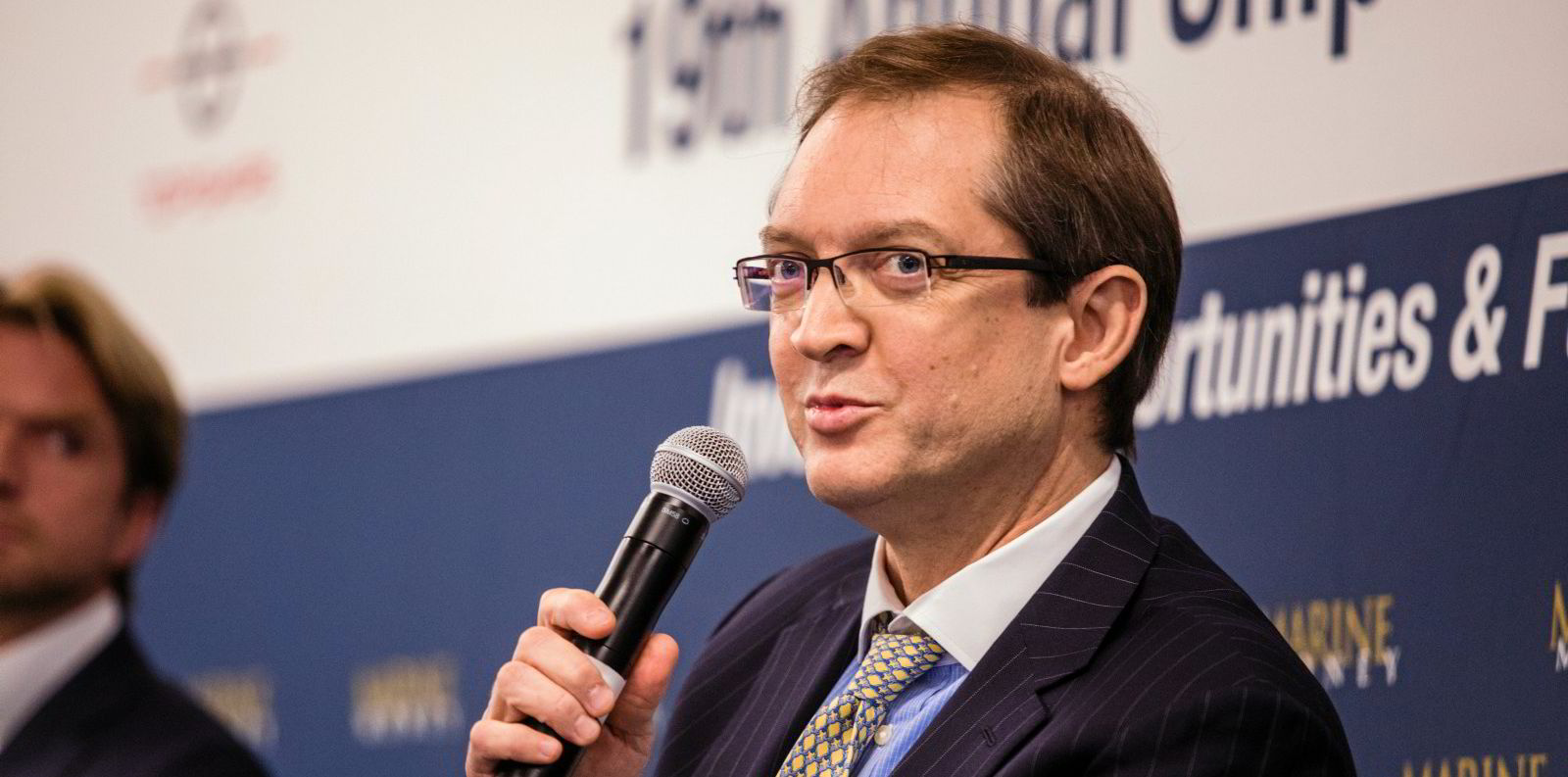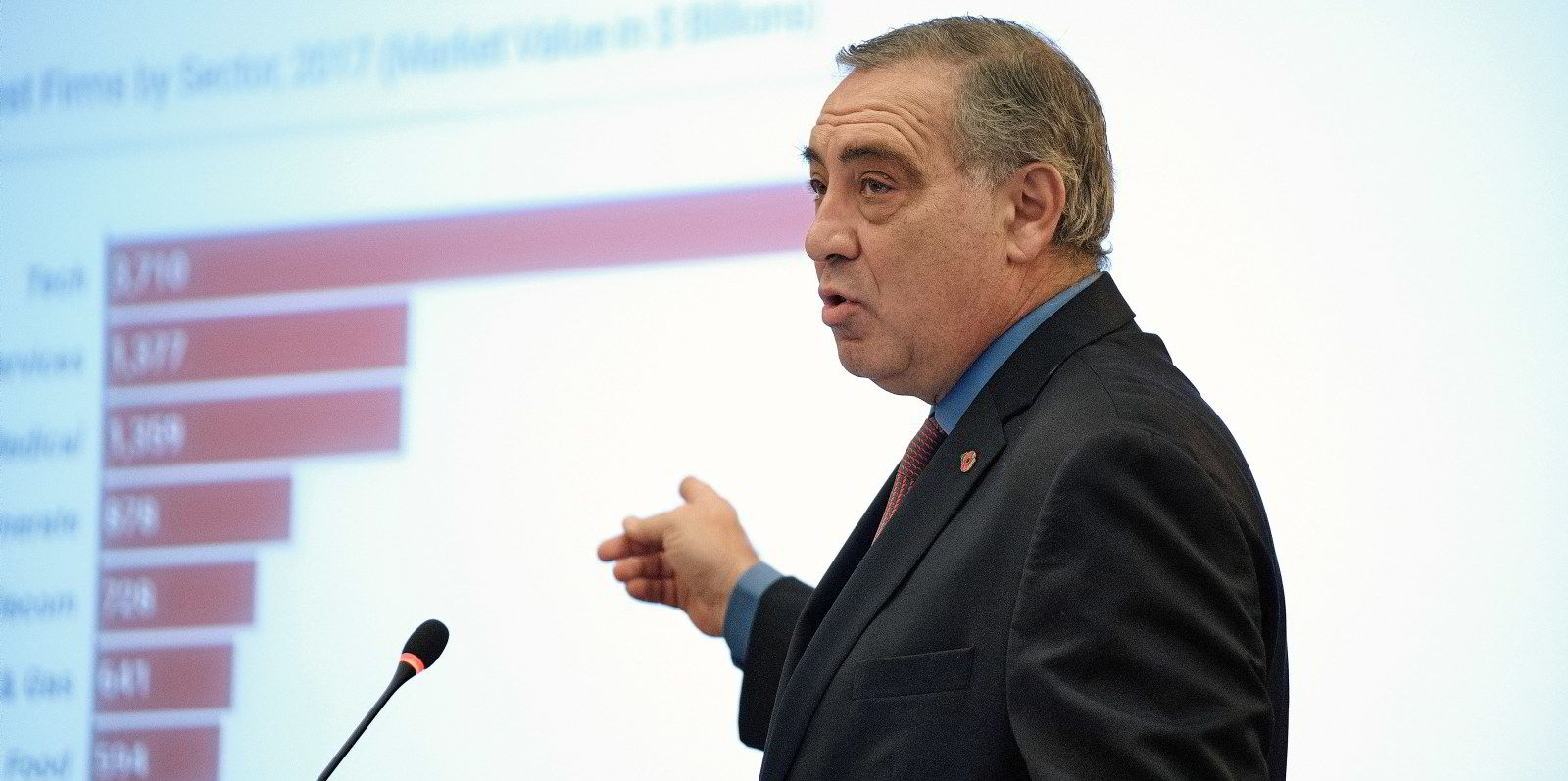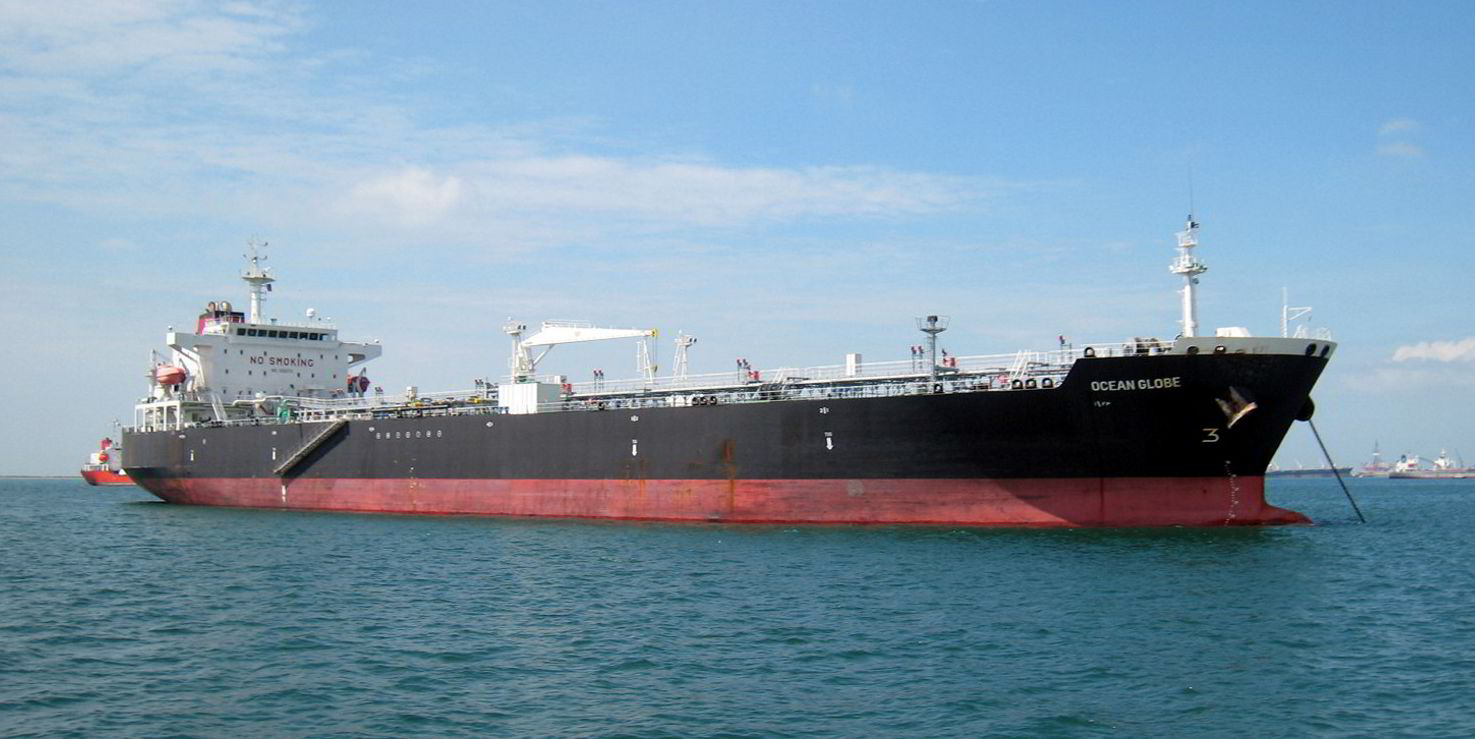Data firm Vortexa expects aframax and LR2 tanker owners to benefit from the ongoing “dirty-to-clean” shift triggered by better earnings prospects and more employment opportunities in the product trade.
More than half of the world’s 400 or so LR2 vessels are now carrying clean petroleum products instead of dirty products, such as crude or fuel oil, according to Vortexa’s figures.
“The shift is poised to have an upward impact on tanker rates by alleviating the aframax supply side, at a time where LR2 demand is on the path for recovery and can equalise an increase in tonnage,” the London-based firm said in a research note.
“In other words, the continued shift of LR2 tankers from dirty to clean product trades could prove to be a win for owners with large exposure to aframax and LR2 tankers.”
LR2s are coated tankers between 80,000 dwt and 120,000 dwt that can transport clean and dirty cargoes. They generally cost more than $2m apiece to build than aframaxes, which are uncoated and generally shipping crude or fuel oil.
Before April 2020, LR2 owners had often preferred to deploy their vessels in the dirty trade as aframax markets were stronger.
Record spread
But Braemar ACM Shipbroking estimated that the spread between Middle East-East Asia LR2 earnings and average aframax earnings spiked to a record $50,000 per day in the second quarter of last year. Experts said this was due to strong vessel demand during an oil price war.
The spread has since narrowed to less than $1,000 per day.
“The initial phase of the shift towards clean products trading in the second quarter of 2020 was driven by economics,” Vortexa said.
Its data showed and the amount of LR2 tonnage in clean trade eventually exceeded that in dirty trade at the end of March.
“Even at the much narrower premium for clean tanker earnings [currently], shipowners are still converting some of their remaining dirty fleet into clean trade,” Vortexa said.
The company’s figures suggested the utilisation level of LR2s reached a record high of 134 vessels last quarter, driven by naphtha shipments from the Mediterranean and the Middle East to Japan and South Korea.
Vortexa expects the uptake of LR2 tankers in clean trades to continue because naphtha demand from Asian petrochemical plants remains healthy.
“This development will continue to support utilisation of LR2 tankers, offsetting any prospective additional tonnage,” Vortexa said.
“A decreasing number of LR2 tankers competing along with aframaxes for dirty product or crude voyages … can ultimately contribute to lifting aframax tanker freight rates.”
